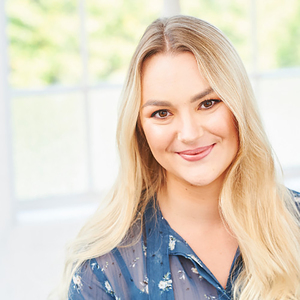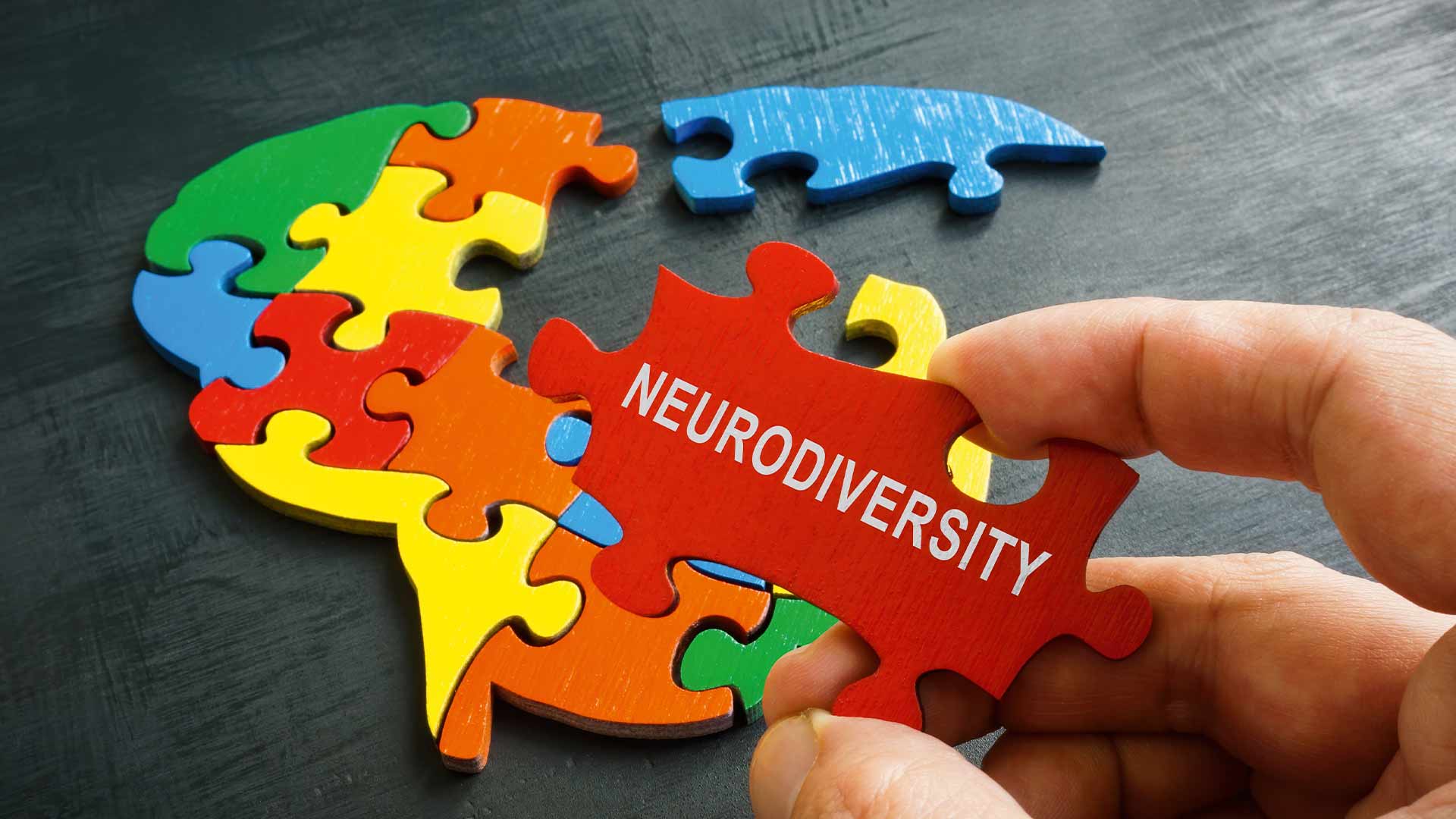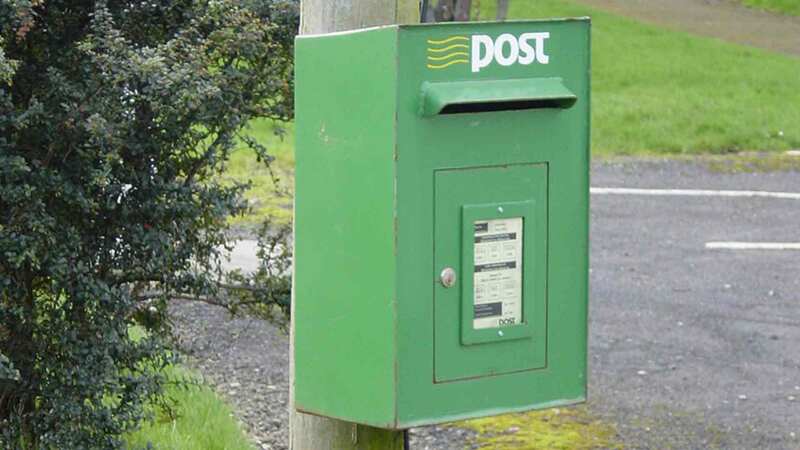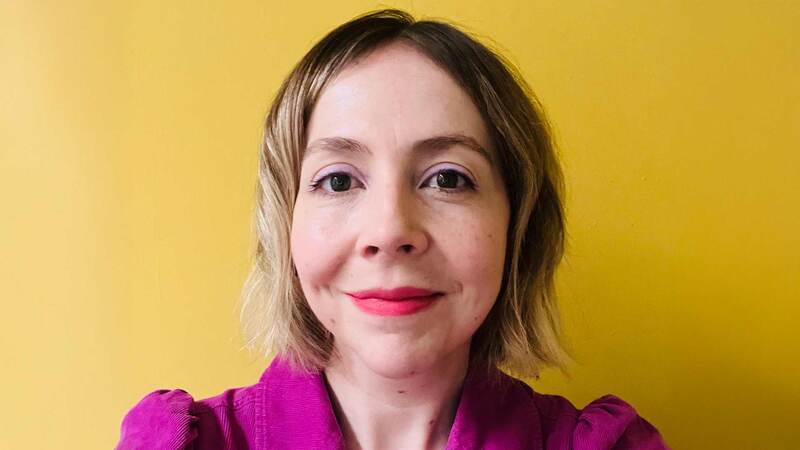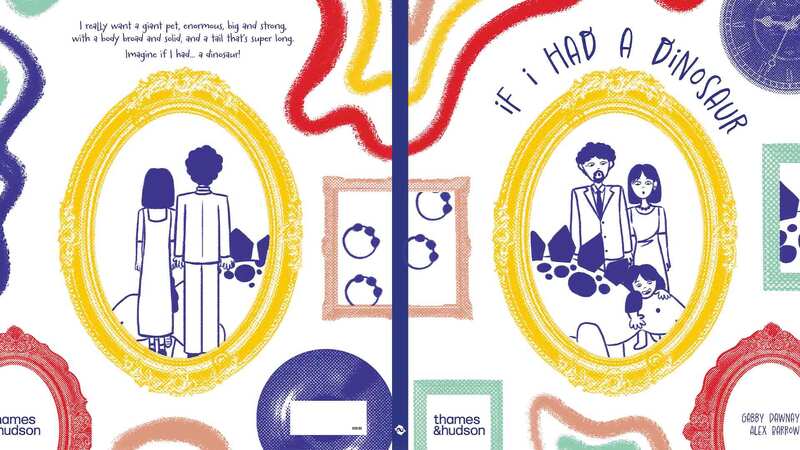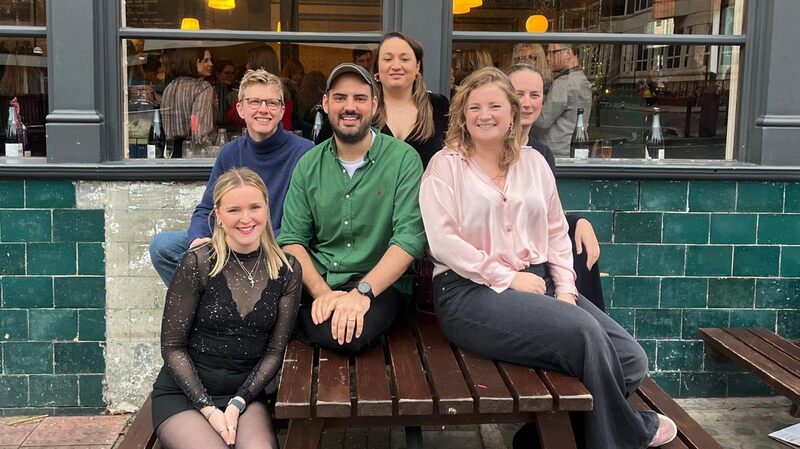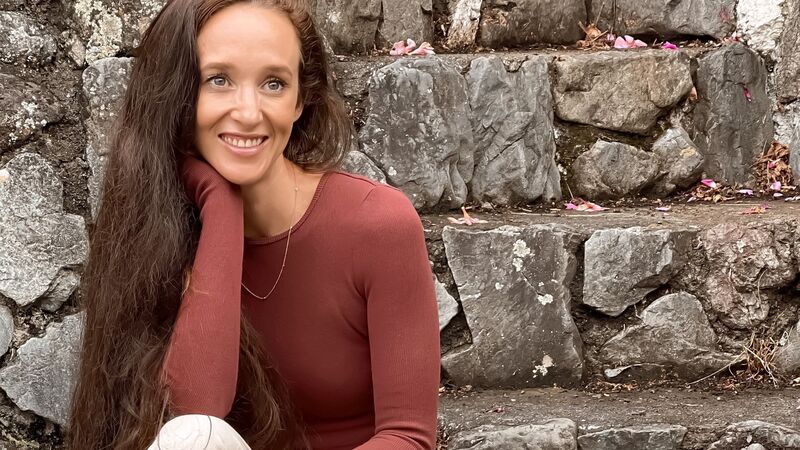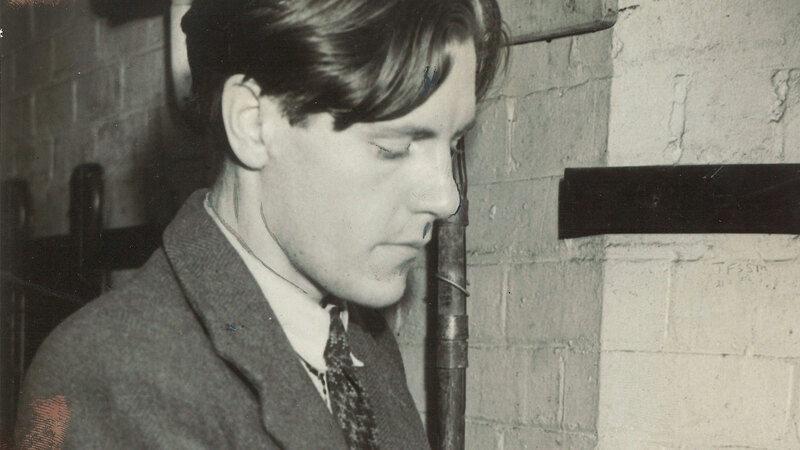You are viewing your 1 free article this month. Login to read more articles.
How not to fit in
Publishing neurodivergent authors has led us to question and adapt our working practices.
When you’ve worked in a certain way for a long time, it can be easy to think that what works for many, works for all. After acquiring How Not To Fit In: An Unapologetic Guide to Navigating Autism and ADHD by Jess Joy and Charlotte Mia, I realised that this assumption is one born of privilege – in this case, neurotypical privilege. Throughout the publication process, I – along with the wider HarperNonFiction team – learned many valuable lessons in how we can best adapt to cater to neurodivergent authors and audiences.
It became clear very early on in How Not To Fit In’s publication process that we’d need to break many of our established moulds if we were going to properly support its authors and do justice to their book. One of the key shifts was in our communication methods. It became clear early on that too many emails flying around at once felt overwhelming to the authors, so we moved to a WhatsApp group – and lengthy voice notes – straight away. Sending large documents or messages with multiple tasks and different deadlines via email was also unsuited to Jess and Mia’s neurodivergent brains, so we moved to Teams video calls and I would edit copy live on calls.
Partway through the writing stage, we hired a ghostwriter to support the authors in gathering their existing text together and finessing the book. The ghost also adapted her working style to suit the authors, collaborating on the manuscript over daily calls, and helped them harness the power of their neurodivergent community online by crowdsourcing stories for the "case study" sections of the book.
Instead of sending the entire copyedit to Jess and Mia via email for them to work through in isolation, we addressed the queries one by one via shared screens in a series of video calls. This drew on the concept of body doubling — a productivity strategy well known within the ADHD community, where the presence of another person improves your accountability and ability to focus. This process took months — much longer than it usually would — but reassured the authors that the book, which covers many sensitive topics, reflected what they wanted to say.
I am proud that finding new ways of working with Jess and Mia has led to a better book and a more open, flexible mindset in everything we do
As well as allowing sufficient time for completing the manuscript, I worked closely with senior project editor Sarah Hammond to rework our standard production schedule. “We made each element sequential, with the aim of giving the authors space to consider the cover brief, copyeditor’s queries and text design (for example) one by one,” says Sarah. Jess and Mia told us that, in common with many autistics and ADHDers, they tended towards monotropic thinking, focusing strongly on a small number of things and missing anything outside that attention tunnel. This new schedule meant that they could focus intensively on each part in turn. “Being autistic, we process things very intensely and tend towards bottom-up, rather than top-down, thinking which can be exhausting. Eliminating the overwhelm of running through all the details simultaneously has a hugely positive impact on our energy levels”, they said.
Jess and Mia told us how daunting the length of a book can feel to someone with ADHD, so it was very important to us all that the book itself was neurodivergent-friendly in format as well as content. The authors guided Sarah and me as to how we could adapt, suggesting that we avoid italics and instead use bold for emphasis, ensure there was plenty of space on the page, include eye-catching full-page pull quotes, use breaks between paragraphs instead of indents, and publish in a dyslexia-friendly font. Mia – a talented designer — worked with deputy art director Ellie Game on the fun illustrations that pepper the pages, maintaining a sense of novelty that she advised us would appeal to people with ADHD. Mia also came to the office for a "live" in-person cover briefing where we pored over Pantone charts and finishes that would make the book feel like an authentic extension of their brand. Once it was briefed, Ellie used online tools to check the contrast of typefaces and colours on the cover, and chose fonts designed with accessibility in mind. Further in-person meetings refined the details while reducing the number of emails exchanged.
In terms of publicity, Jess and Mia told us they preferred joint interviews, particularly on live radio, so that they could help each other with processing issues. We arranged travel, media interviews and bookshop events on separate days to maximise their energy. Again, everything was organised on a WhatsApp group and over weekly WhatsApp group calls, rather than over email.
For launch, Angela Thomson, Mary Davidson and David Roth-Ey — co-chairs and founders of the HarperCollins Neurodiversity at Work network — promoted and hosted a hugely popular How Not to Fit In in-person event with Jess and Mia, which was also streamed online to all staff. Jess and Mia reminded us of the value of “getting more comfortable with relaxing rigid publishing processes to be inclusive in the voices that are published and appeal to the one in seven people now estimated to be neurodivergent.”
I am proud that finding new ways of working with Jess and Mia has led to a better book and a more open, flexible mindset in everything we do. Now that we have pioneered a more neurodivergent-friendly process, we can share best practice throughout HarperCollins and improve internal and external communication and inclusion. One size most definitely does not fit all.
